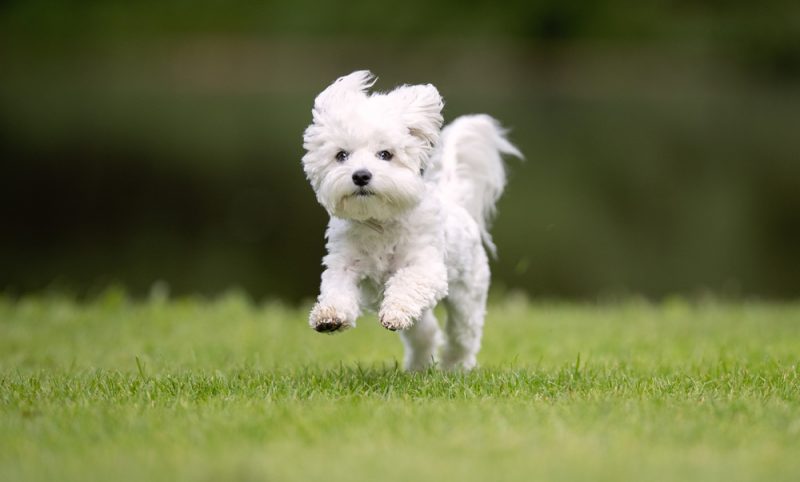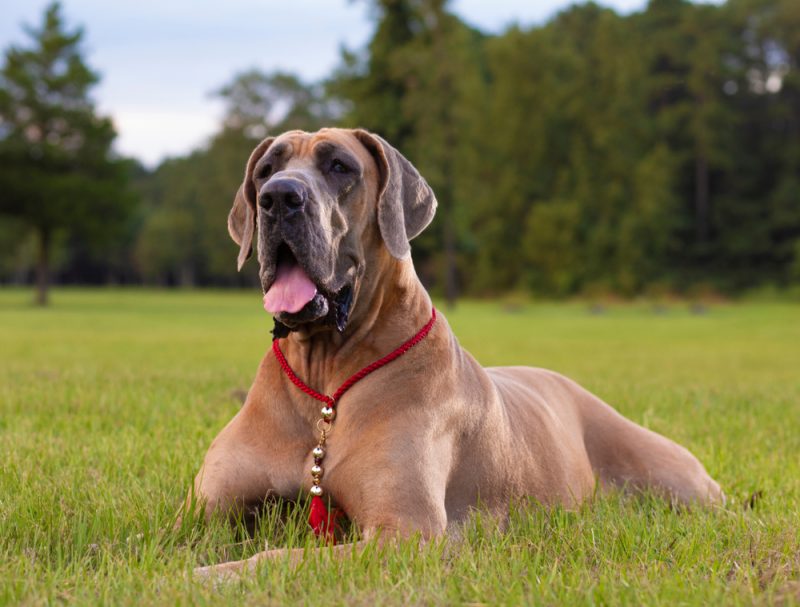The year was 1918 and one German Shepherd was making history. Rin Tin Tin, a dog forever etched in canine legacy, was one of two puppies rescued from a German military dog kennel on the war-torn fields of France. He was five days old, but his presence would span the decades.
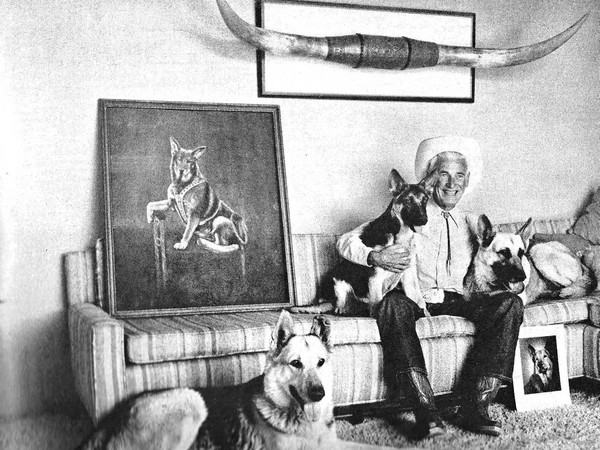
Cpl. Lee Duncan, who ordered his battalion to rescue the pups, trained Rin Tin Tin (known as Rinty), and the dog went on to become one of Hollywood’s brightest canine stars. Dogs bred by Duncan from the original Rin Tin Tin starred in the television series The Adventures of Rin Tin Tin, which produced 164 episodes on ABC from 1954 to 1959.
This legendary dog has left quite a trail of pawprints across canine history.
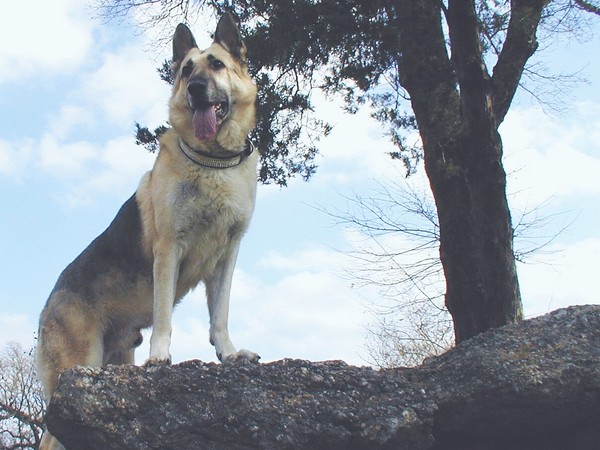
Daphne Hereford’s family has maintained the Rinty bloodline since 1957. Duncan sold four of the Rinty original pups to Hereford’s grandmother, Jannettia Brodsgaard Propps of Texas, who passed the love and the legacy to Daphne, who passed it to her daughter, Dorothy Yanchak.
“Cpl. Duncan attended a dog show in 1922, where Rin Tin Tin won the jumping part of the contest,” Yanchak says. “A young inventor, Charles Jones, asked Duncan if he could film the dog jumping. He paid Duncan, and from there, Duncan decided he would pursue a film career.”
After making 26 pictures with Warner Bros., the duo were ultimately let go at the onset of the talkies. Duncan passed away in 1960, and the legacy and Rin Tin Tin line was passed to Propps. Hereford maintained the breeding program until 2011, when she retired and passed it on to Yanchak, who continues the line.
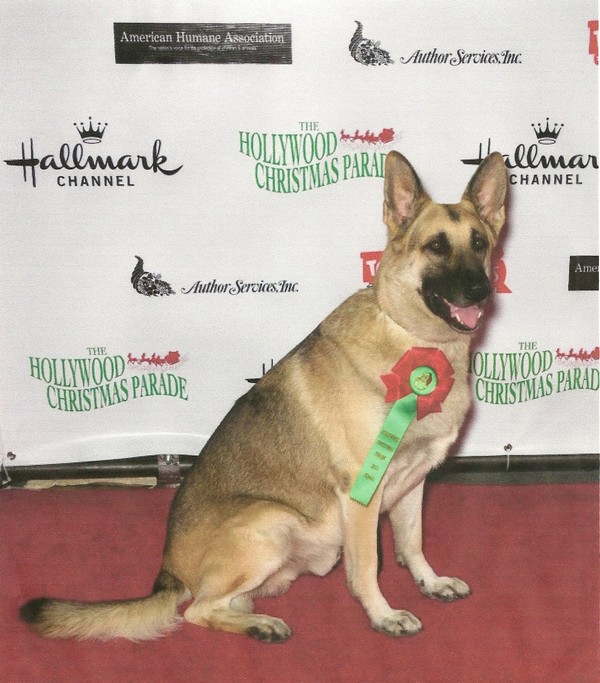
Continuing in the role of public service and good canine ambassador, the latest Rinty does therapy work and performs search and rescue. “There are several projects underway, including Rin Tin Tin dog treats and making appearances at events across the country,” Yanchak says. “We are also working on an endorsement of a highly visible and well-known company associated with the world of purebred dogs and the canine support and relief fund.”
Today, Rinty is a regular in the American Kennel Club agility trials and is ranked among the top 30 German Shepherds in the nation. He is very close to achieving his Master Agility Champion title. Those who watch the American Humane Association Hero Dogs Awards will recall that Rinty was awarded its 2011 Legacy Award.
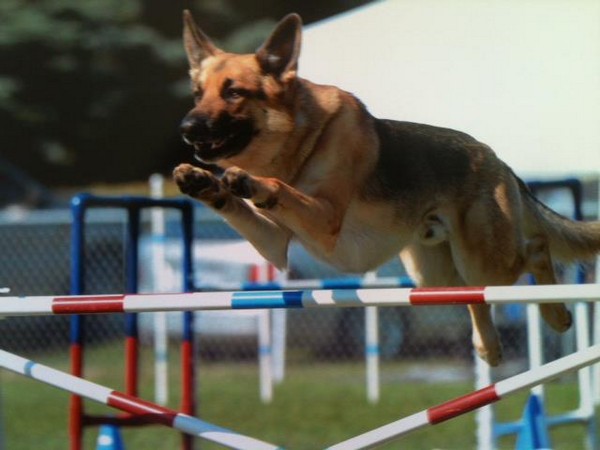
In 1998, Hereford published a book, Rin Tin Tin’s Legacy, with a December 2011 update to “address errors and misstatements made by an unauthorized biography released in October 2011.” According to the official Rin Tin Tin website, when World War II started, Duncan wanted to serve but was prohibited from doing so because of an injury sustained in World War I.
With ardent fervor, he asked the Army to consider a military dog training camp in California. Though he was rejected many times, his persistence prevailed. More than 5,000 dogs and handlers were trained for the war effort at Camp Hahn. After World War II, it is reported that Duncan “untrained many of the returning war dogs” and then placed them back with the families who had donated them for the war effort.
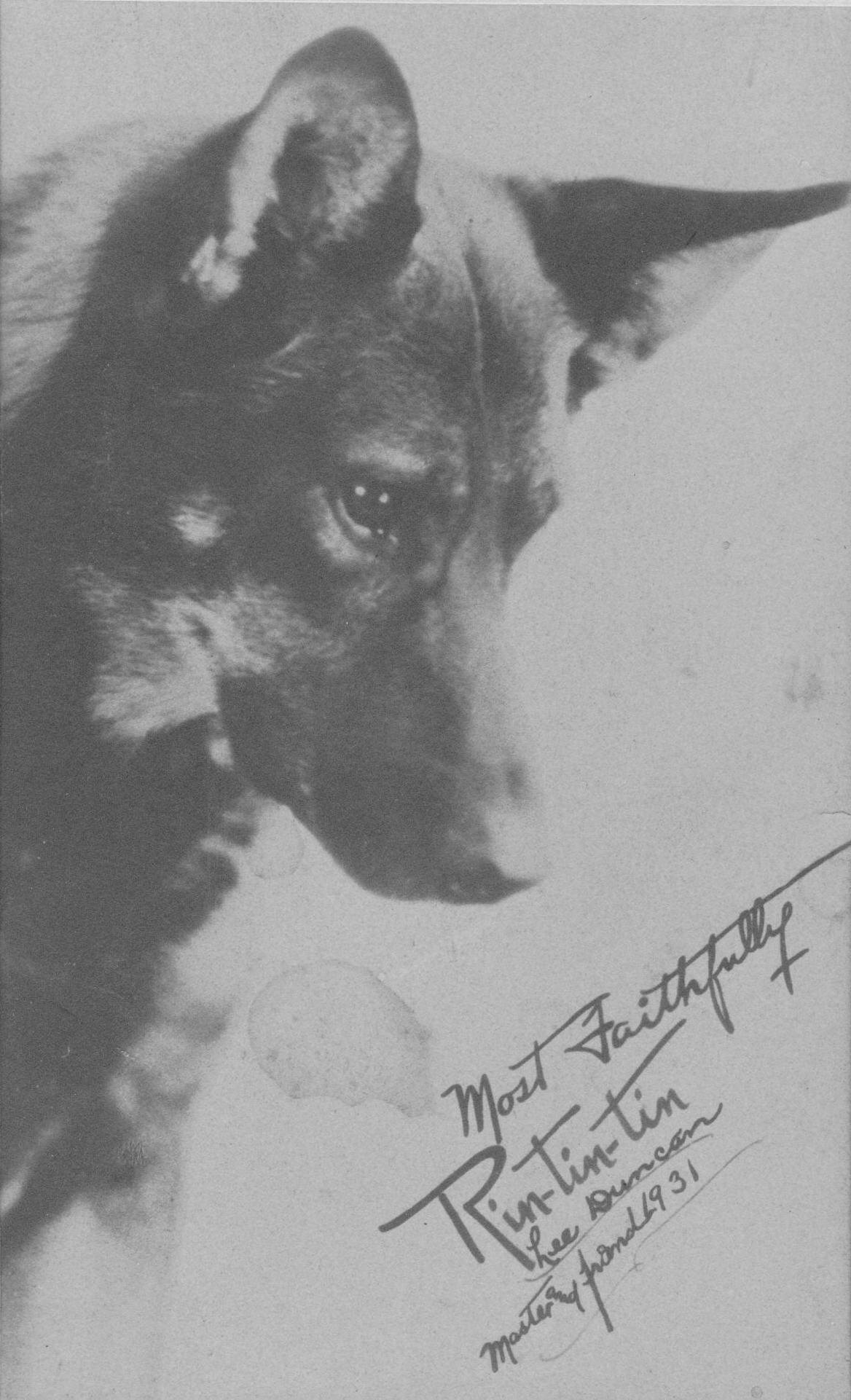
Looking back, Hereford reports that while most children in the late ’50s and early ’60s participated in school sports, she spent her weekends at dog class, in kennels, or learning about dogs in the show ring. She recalls security guard canine handlers accompanying Rinty around with them in Houston.
Today, the legend of Rinty continues. “I have a full-time job. Our work with Rin Tin Tin is through dedication and not motivated by money,” Yanchak says. The dog’s breeding program is considered closed, and any puppies placed in pet homes are placed on a spay/neuter nonbreeding agreement. According to Yanchak, the president of Rin Tin Tin Inc., “This strict criterion was initiated by my great-grandmother and continued by my mother to not only protect the integrity of the lineage but also the Rin Tin Tin name.”
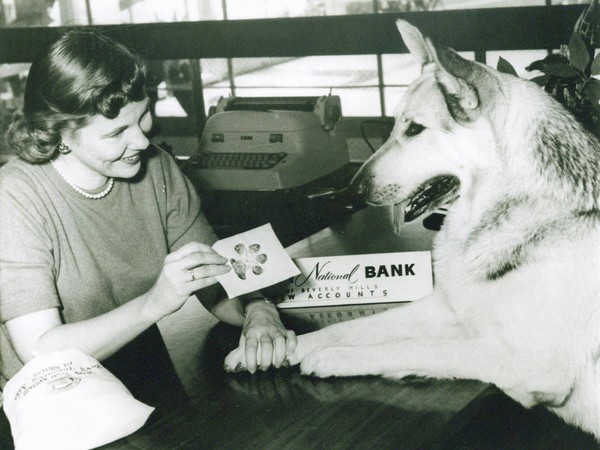
The current Rin Tin Tin is No. 12 from the first dog found by Duncan. His travels take him to many community service activities, various public events, and endorsement deals. He competes in agility, rally, herding, and tracking at American Kennel Club-sanctioned dog Shows across the country. His accomplishments were honored in a special presentation at the Academy of Arts and Sciences in Los Angeles in June 2012.
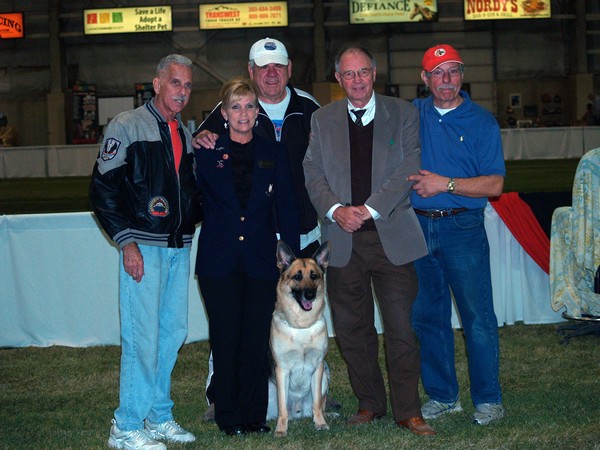
Do you recall seeing Rin Tin Tin on television or in the movies? Let us know in the comments!
You might also like to read:
Featured Image Credit: Alexander Naglestad, Unsplash




